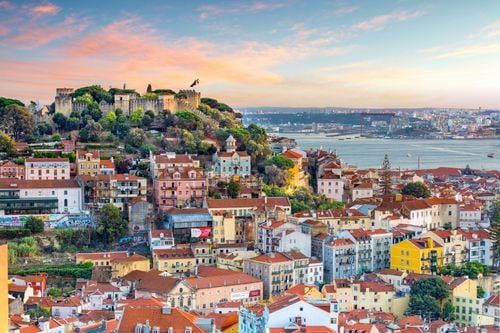A seaside town in Spanish style
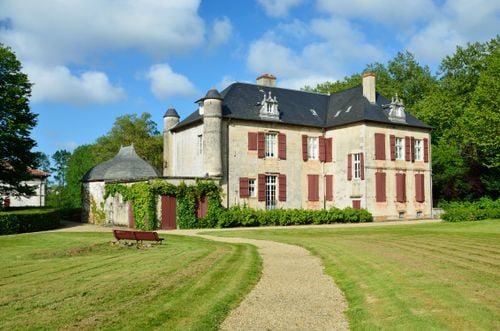
Aerial view of Saint-Jean-de-Luz
- © SpiritProd33 / Shutterstock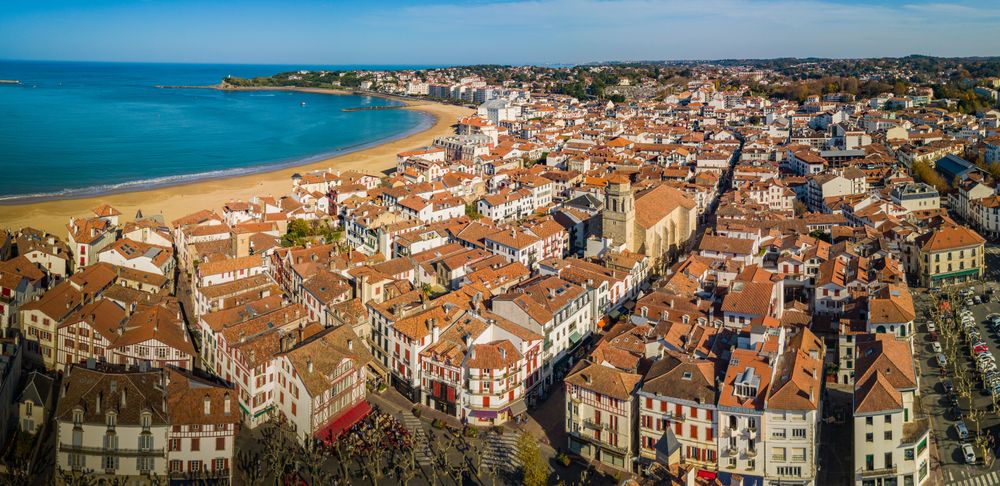
A seaside town in Spanish style
Nestling in the heart of a vast bay between the ocean and the mountains, Saint-Jean-de-Luz has been known as the " city of privateers " since the 17th century. Although the days when whalers ventured off the coast of Newfoundland are long gone, the trollers and gillnet fishermen are still busy in its pretty fishing port, where colourful traditional boats line up. Its pedestrian streets linking the ocean to the historic centre and its old mansions bear witness to the fortunes of the shipowners of the 17th century. You'll also find traces of the Sun King and his wife, who were married in the little town in 1660. Later, Napoleon III's trips to the region, high society's infatuation with the Basque Coast and the arrival of the railway all led to a major boom in tourism. In 2016, the towns of Saint-Jean-de-Luz and Ciboure were awarded the Land of Art and History label for their many exceptional monuments. Throughout the year, specialist guides offer a programme of events and tours based around the heritage of Saint-Jean-de-Luz and Ciboure.
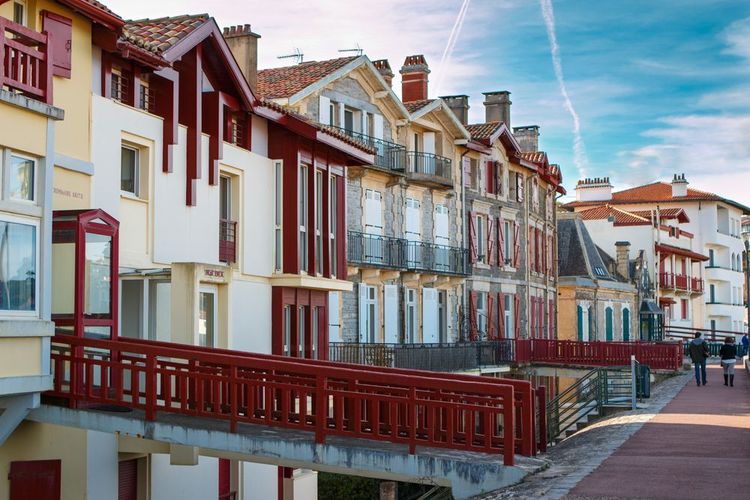
Characteristic Basque houses in Saint-Jean-de-Luz
- © Sergio Rojo / ShutterstockSaint-Jean-de-Luz has established itself as a destination for well-being, with 2 thalassotherapy centres open all year round. Life here is serene and peaceful, the culinary discoveries astonishing, the activities varied and the encounters colourful. It has also become a popular seaside resort for many tourists thanks to its numerous hotels, casino and five beaches. Saint-Jean-de-Luz is located in the Pyrénées-Atlantiques region, around ten kilometres from the Spanish border. You'll feel these influences in the gastronomy, the culture (the love of flamenco reflected in the Andalusian festival, for example), but also in the atmosphere of the town, which combines relaxation and festivities.

La grande plage est à quelques minutes du centre-ville
- © RVillalon / ShutterstockThe activities are diverse and varied. For water sports fans, Saint-Jean-de-Luz is your playground: try your hand at sailing, surfing or diving. But the town doesn't stop at its beaches: try your hand at accrobranche, golf or Basque pelota, a spectacular tradition in the Basque country. Nature lovers can explore the town on foot, horseback or quad bike. One of the town's most emblematic walks is the Promenade Jacques Thibaud, which runs from the red art deco lighthouse by French architect Pavlovsky to the Pergola between the red-shuttered bourgeois houses. This bay is sometimes considered one of the most beautiful in France.

The Promenade Jacques Thibaud, a city landmark
- © AWP76 / ShutterstockIf you want to soak up the Luzian atmosphere, head for Place Louis XIV in the heart of the historic town centre. Surrounded by superb mansions including the Maison Louis XIV and the Hôtel de Ville, it's one of the town's liveliest spots. It is also the central square in the heart of the town. From here, you'll have access to all the main streets: the pedestrianised Rue Gambetta, the port with direct access and the little Rue de la République, which leads directly to the Grande Plage.

The Louis XIV House
- © FlareZT / Shutterstock
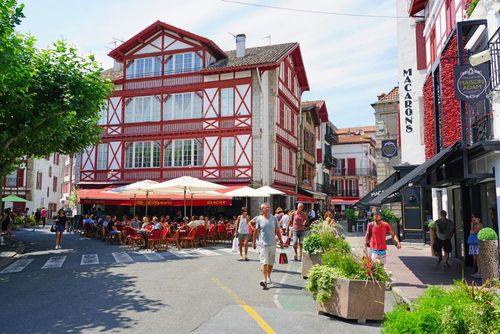
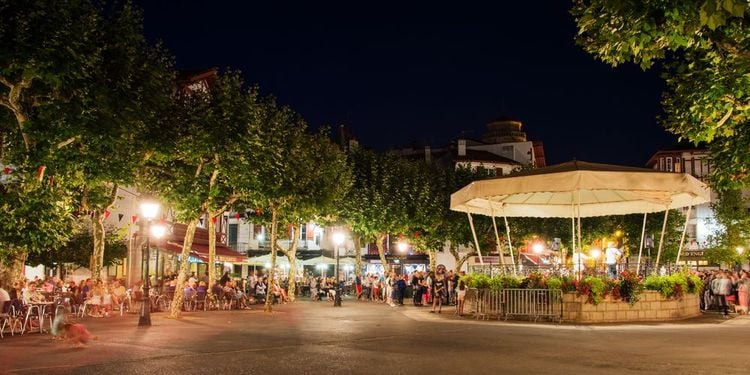 1
1
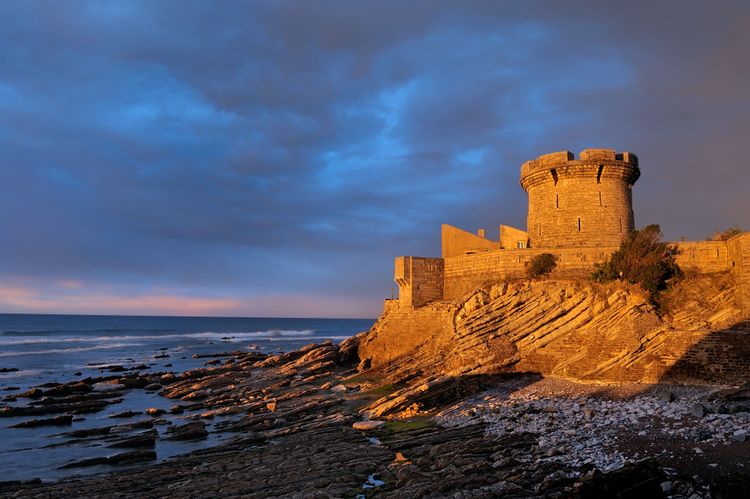 2
2
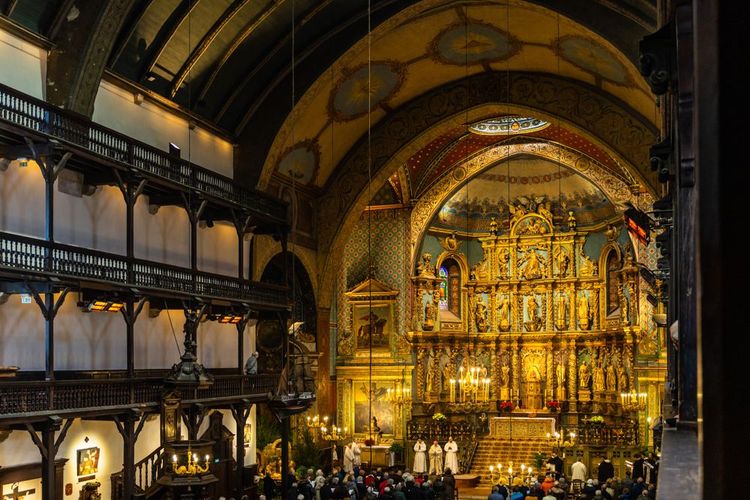 3
3
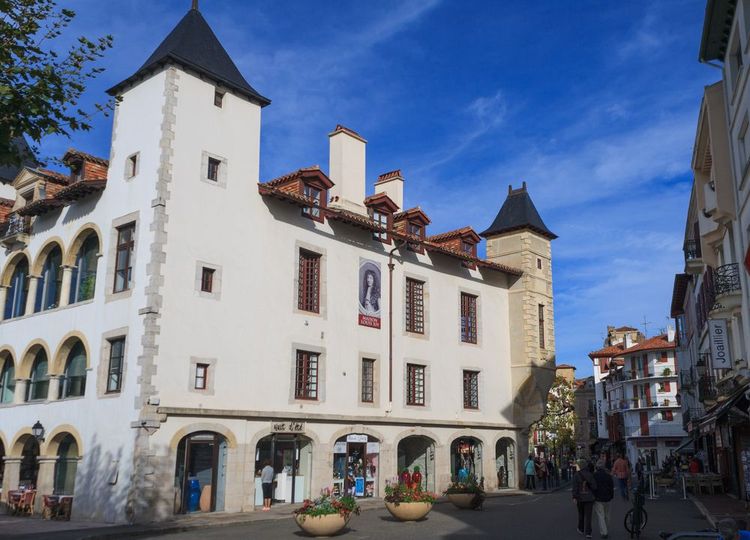 4
4
You can get to Saint-Jean-de-Luz by train, bus or plane. There are 26 trains and 22 coaches arriving in Saint-Jean-de-Luz every day. By plane, you'll need to stop at Biarritz airport. Then take a bus and a train to Saint-Jean-de-Luz.
If there's one must-see destination in the French Basque Country, it's undoubtedly Saint-Jean-de-Luz. It's a relatively expensive destination, especially in the summer months, because the town is so popular with tourists. There's a reason for this: from almost every hotel, flat and B&B you can enjoy a magnificent view of the sea!

As in all towns and cities in France, the health pass is no longer required in Saint-Jean-de-Luz since 31 July 2022, whether in restaurants, for visits to cultural venues, or for theatres. However, the situation is still likely to change if there is an upsurge in cases of Covid-19. We therefore advise you to stay informed before planning any trip. And beware when you fly: airlines may have specific requirements before you board. In particular, they may require you to wear a mask during the flight. Please check directly with your airline to find out what health measures are in place.
If you want to enjoy a wide range of events and see the town in action, you absolutely must come in summer! In June, Luziens dressed in red and black have a great time at the Saint-Jean festivities. In July, it's the Tuna Festival that brings everyone together. At the end of the afternoon, head to the port to the sound of the bandas for a meal prepared by local associations before heading to the centre for the dance and the "toro de Fuego" until midnight. Finally, every year between mid-July and the end of August, the Cesta Punta Internationals set the town alight. The best players in the world come to play. At the end of August, the Festival-Académie-Ravel brings together big names and young musicians in concerts.
What could be better than to be accompanied by a local, a guide or a heritage expert to discover all the subtleties of the architecture, the unusual stories and the future of the Basques? On the tourist office website, you'll find a number of guides offering original ways to discover the heritage of the Basque Coast resorts.
Every day from 7am to 1pm, small local producers crowd around the authentic Halles covered market and set up shop on the forecourt to sell their produce. The Boulevards Victor Hugo and Thiers, which surround the town centre, are also packed with food shops, ready-to-wear stores, services and art galleries.
Succumb to the temptation of the unconditional macaroon from the Adam house. Mr Adam gave them to Louis XIV for his wedding in 1660, and the tradition has been carried on by his descendants ever since. For those with a sweet tooth, try ttoro, a traditional culinary speciality from the Basque region, made from a soup of hake, shellfish and crustaceans, a variation on hake koxkera, cod with pil pil, or cod à la biscayenne, to name but a few.
explore Try out our comparators
It is Easy to travel

